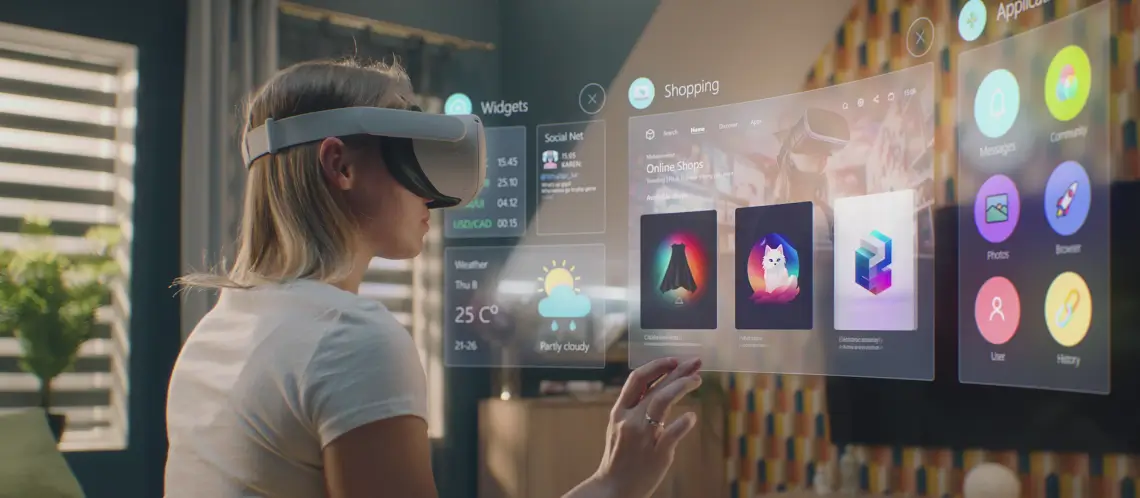
AR (Augmented Reality) and VR (Virtual Reality) are immersive technologies that alter our perception of the real world. AR involves overlaying digital information or virtual objects onto the real-world environment.
VR immerses users in a wholly digital environment, isolating them from the real world. AR technology has advanced rapidly and has become widely accessible for millions of mobile users. It has transformed from a futuristic concept into a practical and commercially viable technology.
Businesses planning to launch AR application projects know the two pivotal activities that will help to meet customer expectations with the final product. The first is to provide a seamless user experience, and the second is to ensure its quality.
The QA team plays a crucial role in examining product requirements and understanding the conditions under which the AR product will be used.
This examination helps ensure that the product meets users’ specific needs and expectations. When dealing with an AR application project, selecting suitable devices and defining the types of interaction are essential aspects of quality assurance.
To effectively test AI/AR-based apps, it’s pivotal to consider a mix of traditional testing approaches along with specialized testing techniques for AI/AR capabilities. This can include functional testing, performance testing, usability testing, and validation of AI models and algorithms.
Applications integrating Artificial Intelligence (AI) and Augmented Reality (AR) technologies can potentially deliver innovative and immersive experiences across various domains.
Here are some types of apps that leverage the combined power of AI and AR, along with real-time examples:
Gaming apps combine AI and AR to offer interactive and location-based experiences. AI algorithms may be used for character behavior, adaptive gameplay, and real-time interaction with the game world.
Combining AI with AR, fitness apps provide interactive workouts and training sessions. AI may analyze user movements and offer real-time feedback.
AI-powered language translation apps use AR to overlay translated text onto real-world objects, facilitating instant language understanding in different environments.
These apps use AI to interpret hand gestures and movements, allowing users to interact with AR content without physical controllers.
Gaming apps combine AI and AR to offer interactive and location-based experiences. AI algorithms may be used for character behavior, adaptive gameplay, and real-time interaction with the game world.
The testing landscape for AI/AR is dynamic. Augmented reality software testing is prolonged and less compatible than traditional testing approaches. The fusion of digital content with the real world presents unique challenges.
Correct environments and testing of applications with different types of physical objects in different scenarios with varying lighting effects are required. Here are the specifics of AR testing that we should consider:
By conducting thorough quality assurance processes, businesses can ensure that their AR applications meet high standards of performance, reliability, and user satisfaction. This helps deliver a polished product that provides an engaging and immersive AR experience.
Staying abreast of technological advancements and best practices in AI/AR development and testing is essential for creating successful and reliable applications.
USA408 365 4638
1301 Shoreway Road, Suite 160,
Belmont, CA 94002
Whether you are a large enterprise looking to augment your teams with experts resources or an SME looking to scale your business or a startup looking to build something.
We are your digital growth partner.
Tel:
+1 408 365 4638
Support:
+1 (408) 512 1812

COMMENTS ()
Tweet